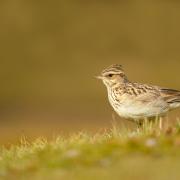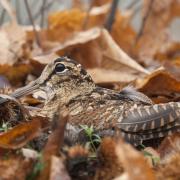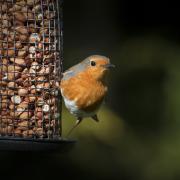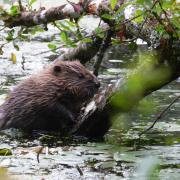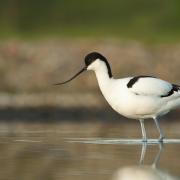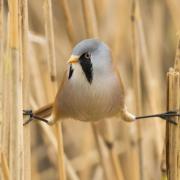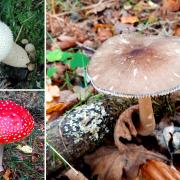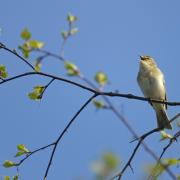The RSPB's Tony Whitehead looks at one of our most controversial birds...
The charge sheet against gulls is long. They can be messy. They can be menacing. They have a taste for pasties and ice cream. I have a postcard on my desk with a picture of a South West coastal town and a (badly) superimposed image of a particularly mean looking gull entitled `Public Enemy Number One'. No one would deny they can be a nuisance, but before gulls are found guilty of crimes against seaside resorts, let's look at a case for not viewing them so harshly.
There are 45 species of gull; a successful worldwide group of aquatic scavengers. Please note, they are not now, nor have they ever been, scientifically described as 'seagulls'!
Traditional nest sites are sea-cliffs and islands, but since the 1940s, gulls have used flat and apex roofs for nesting, often beside a chimney. This behaviour has increased since the 1970s, so that around 8% of the UK's herring gulls and around 3% of lesser black-backed gulls now nest in towns.
Their nest is a well-constructed cup made of twigs and grasses. The clutch, of two to four eggs, is incubated by both sexes for up to 30 days and the chicks hatch fully covered in down, tended by both parents. It's at this stage that gulls are most aggressive to humans that stray too close.
We sometimes receive calls about gulls dive-bombing passers-by in defence of their young, and sometimes the only advice is to carry an umbrella, safe in the knowledge that this aggression is only temporary. The parents look after their young until they fledge, and that is the time when we start to see mottled-brown youngsters crowding the skies.
Gulls are semi-colonial, and in rare instances can form large colonies of thousands of birds. Of the five species that are found in towns, the great black-backed gull has the smallest UK population. The other four species all have populations in excess of 80,000 pairs, but it often comes as a surprise that many qualify as species of conservation concern.
The UK herring-gull population has declined by more than 40% since 1970. Similarly the black-headed gull population has declined by around 40% since the mid-1980s. The cause of the declines is not yet known, but could be as a result of changes in their marine environment. Whatever the cause, it's worth bearing these declines in mind before leaping to hasty judgements about the birds.
It's also crucial for people to understand the law with regard to gulls. Like other species, they are protected under the Wildlife and Countryside Act. This makes it illegal to intentionally injure or kill any gull, or to take, damage or destroy an active nest or its contents. However, the law recognises that in some circumstances control may be necessary. For instance, with regards to gulls, action can be taken to prevent the spread of disease, to ensure public health and safety or to prevent serious damage to agriculture.
But, and this is a big BUT, under European legislation there is a requirement to demonstrate that there is a likelihood of serious damage before any action is taken to remove birds. The legislation also requires non-lethal measures to be considered first. Nuisance or damage to property are NOT legitimate reasons to kill gulls. If non-lethal measures are completely (and provably) unworkable, then the birds may be killed, but only in a safe and humane way. Poisoning, for instance, is illegal.
However, and bearing in mind that many gull species are of conservation concern, where gulls pose a real risk to public health, the RSPB accepts that measures to prevent them nesting may be necessary. But what can be done?
The most effective measures involve reducing the availability of food and reducing the attractiveness of nest sites. This is not an instant solution. Clearly it's best to avoid feeding gulls. Some local authorities are considering bylaws to prevent this. To be effective, councils also need to ensure that landfill tips are well-managed and that streets are regularly cleaned.
If there is a genuine reason for not having roof-nesting gulls, it is better to deter them rather than to destroy them. A system of wires on a frame (30cm deep) can be fitted into the area the birds are using. This prevents gulls from landing and folding their wings. Fixtures must not breach fire regulations or constitute a fire risk from lightning strikes. Any physical barriers need to be regularly checked and maintained to ensure their effectiveness and to prevent them from becoming traps.
So please, before rushing to condemn gulls for simply being a nuisance, consider that some of these birds are of conservation concern, and that deterrence is always, always better than killing. And also, some people may actually like them!
Traditional nest sites are sea-cliffs and islands, but since the 1940s gulls have used flat and apex roofs for nesting, often beside a chimney
Gulls are semi-colonial, and in rare instances can form large colonies of thousands of birds







